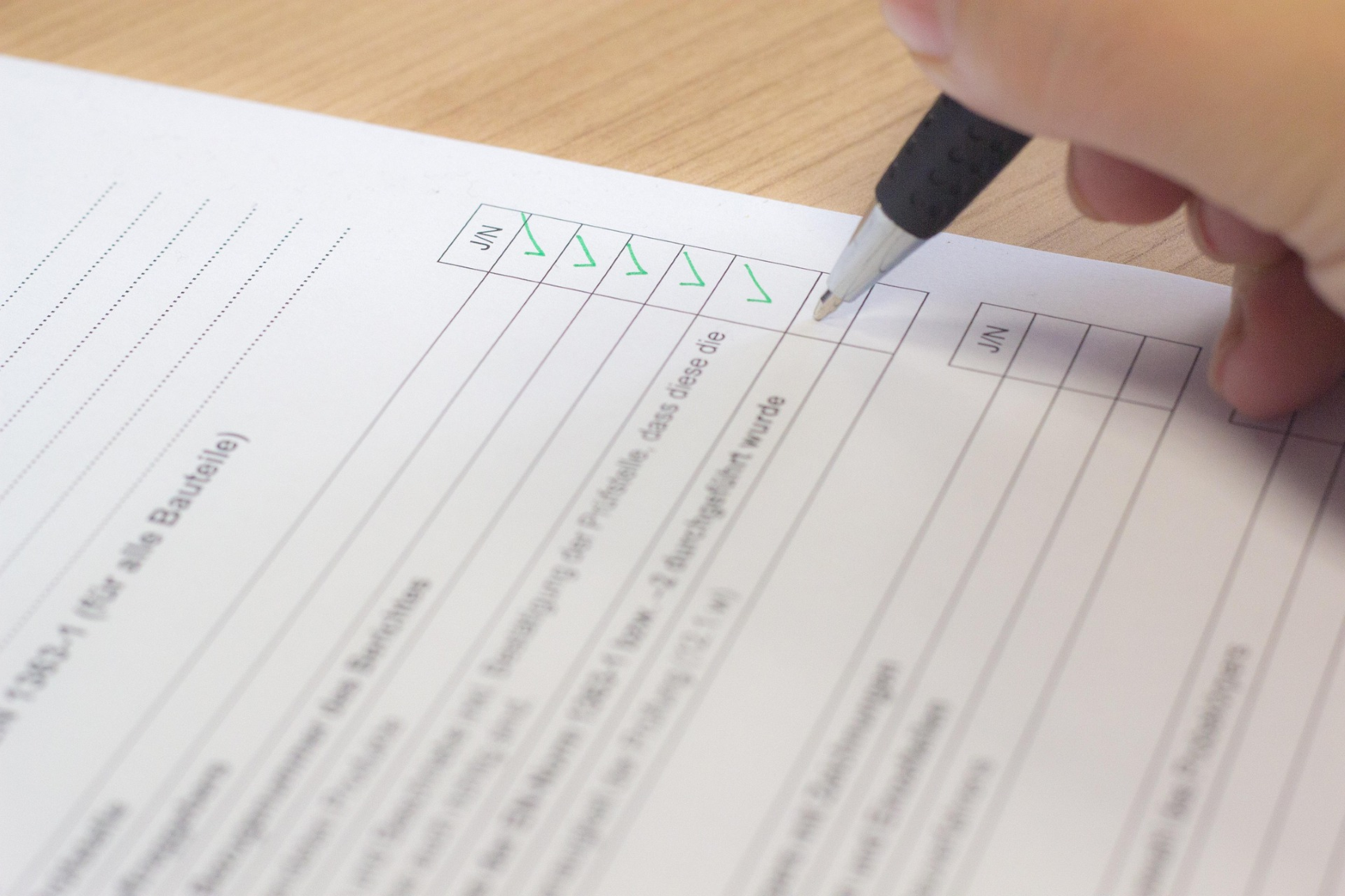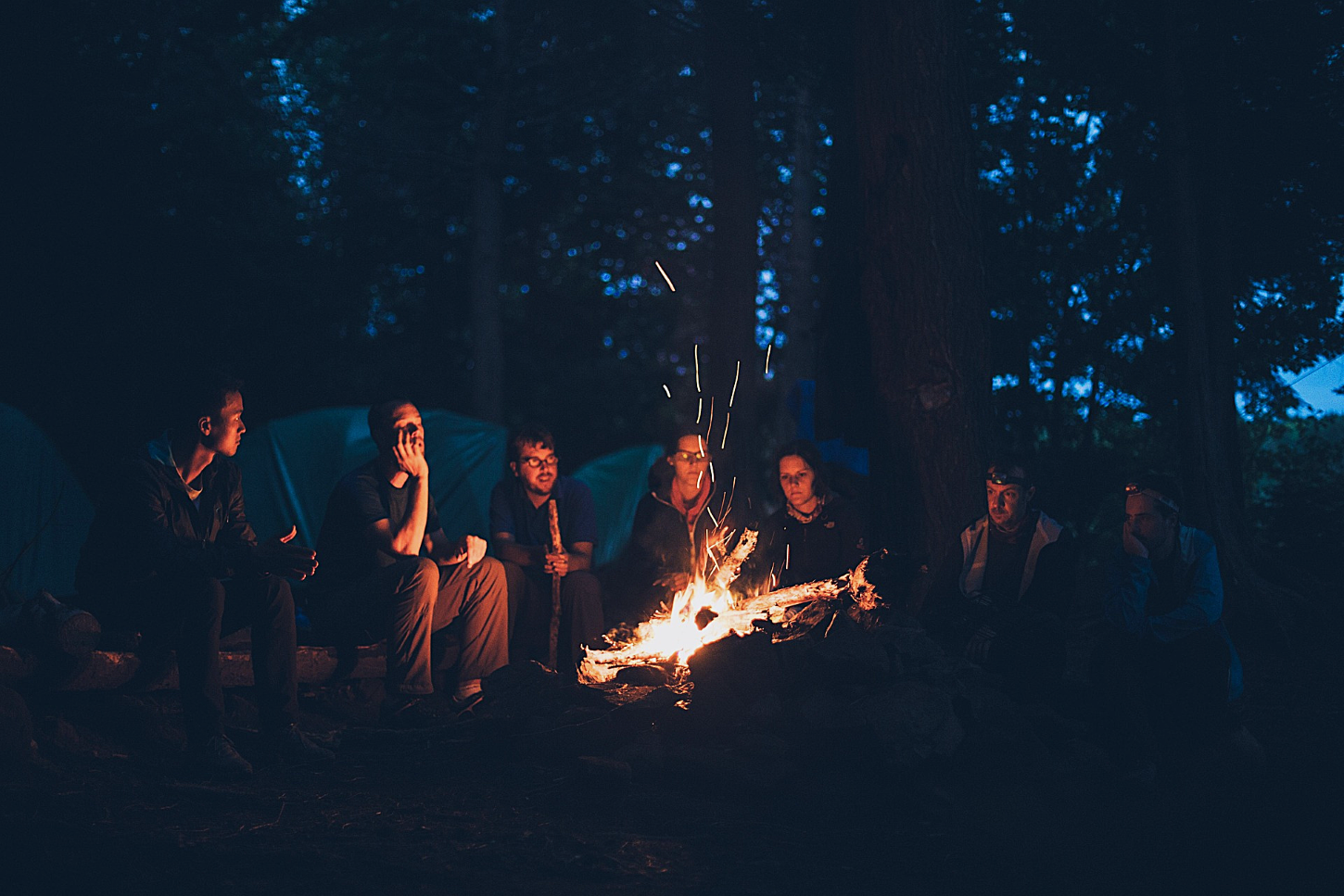Safety Tips for Group Travelers

One of the most celebrated benefits of traveling in a group is the inherent sense of "safety in numbers." There’s an undeniable comfort in knowing you have a team of trusted friends or family by your side as you explore a new corner of the world. While this is certainly true, this feeling can sometimes lead to a diffusion of responsibility—a quiet assumption that someone else is paying attention, someone else is watching the bags, or someone else knows the way back to the hotel. True group safety, however, is a conscious, collaborative effort.
Safety should always be a top priority when traveling in a group. It isn’t about fear or limiting your adventure; it’s about empowerment. By establishing smart safety protocols and fostering a culture of mutual awareness, you build a secure foundation that allows your group to explore more freely, confidently, and with greater peace of mind. When everyone is on the same page, you can relax and immerse yourselves in the experience, knowing you have a plan and are looking out for one another.
This guide provides a comprehensive overview of safety practices for group travelers, covering the crucial preparation before you leave, the essential health and wellness habits for the road, and the on-the-ground tactics for keeping everyone accounted for and secure.

Your Safety Homework: Preparation Before You Pack
The most effective safety measures are put in place long before your trip begins. Thorough preparation is the bedrock of a secure journey, transforming potential unknowns into manageable situations. Start by conducting thorough research on the destination and understanding any potential risks or challenges.
This research should go beyond travel blogs and photo galleries. Dive into official sources like the U.S. State Department’s travel advisories, which provide detailed information on everything from crime rates and political stability to local laws that might be very different from your own. The CDC’s travel health notices are another invaluable resource for understanding any health risks associated with the destination. This includes being aware of local customs and laws, understanding transportation options, and knowing the locations of medical facilities. Knowing which taxi companies are reputable or if there are common tourist scams in the area are pieces of information that are easy to research and incredibly valuable.
Based on this research, it's also important to have a clear plan in place for emergencies. This "Emergency Action Plan" should be a shared document, accessible both digitally and in a physical copy for each member. This vital resource should consolidate a wealth of information in one place. It should include crucial personal details for each traveler, such as a copy of their passport and visa, their emergency contacts back home, and a list of any critical allergies or medical conditions. Equally important, it should contain practical, on-the-ground information like the name, address, and phone number of your accommodation written in the local language. Finally, it must include potentially life-saving contacts: the number for local emergency services, and the address and phone number of the nearest U.S. embassy or consulate.
Sharing this information in a central, secure place ensures that in a crisis, anyone in the group can access the vital details needed to help another member.
Healthy and Happy: Prioritizing Your Group's Well-being
A safe trip is a healthy trip. The well-being of all group members is an important safety consideration that requires both individual responsibility and group support. Ensure that everyone is aware of any health risks associated with the destination and take necessary precautions such as vaccinations or travel insurance. Travel insurance is non-negotiable. For a group, one person’s unexpected medical issue can have logistical and financial consequences for everyone, and comprehensive travel insurance is the safety net that protects the entire party from catastrophic costs.
It's also helpful to have a basic first aid kit on hand and to designate a group member who is knowledgeable in first aid. This person isn’t expected to be a doctor, but rather the level-headed individual who knows where the kit is and can confidently handle minor scrapes, blisters, or headaches. Your group kit should be more robust than a standard one, including items like motion sickness pills, antihistamines for allergic reactions, rehydration salts, and any specific medications your group members might need.
Beyond emergency preparedness, promoting daily wellness habits is key. Encouraging group members to stay hydrated, wear appropriate clothing, and practice good hygiene can also help prevent illness and injury. On a beautiful, sunny August afternoon exploring the historic waterfront in Plymouth, it’s easy to get caught up in the scenery and forget to drink water. A simple group pact to carry water bottles and remind each other to hydrate can prevent dehydration and heat exhaustion. Similarly, ensuring everyone uses sunscreen, gets adequate rest, and is smart about food choices are small, collective actions that have a huge impact on the group’s overall health and enjoyment.

Stick Together: On-the-Ground Awareness and Accountability
Once you are on the road, your preparation gives way to active practice. This is where vigilance, communication, and clear systems for accountability become crucial for safety. The "safety in numbers" principle only works when the numbers are accounted for.
Keeping track of all group members and maintaining regular check-ins is crucial for safety. For navigating crowded places like markets, festivals, or busy public transit stations, establish a buddy system where each person is responsible for looking out for another. It’s a simple but incredibly effective way to ensure no one gets left behind. Furthermore, conduct regular headcounts, especially during transitions between activities, such as when getting off a tour bus or leaving a restaurant. Make it a quick, lighthearted ritual to ensure your group is always whole before moving on.
It's also important to establish clear meeting points and times, and to have a contingency plan in case someone gets separated from the group. When you arrive at a new, large location like a museum or a park, immediately designate a clear and unmistakable meeting point. Don't just say "the entrance"; say "the flagpole to the left of the main entrance." If someone does get separated, the plan should be clear: stay put for 10 minutes, then try to contact the group via the chat. If that fails, proceed to the pre-arranged emergency meeting point or head back to the hotel.
Finally, foster a culture of situational awareness. This means encouraging everyone to be mindful of their surroundings, to keep valuables secure and out of sight, and to trust their instincts. If a situation or area feels unsafe to one person, the group should have a pact to listen and leave without question. Clear communication and vigilance can help ensure that everyone stays safe and accounted for throughout the trip, creating a secure environment where the only focus is on the incredible adventure you’re sharing.
About the Writer: Tom Mendez, the passionate travel curator behind Mendez & Associates Travel LLC (The Bespoked Traveler), believes that travel should be nothing short of extraordinary. With a knack for travel insights and a deep understanding of what makes a journey truly special, he'll craft personalized itineraries that turn travel dreams into unforgettable realities. Ready to transform your travel aspirations into your next great adventure? Book a complimentary consultation with Tom today via this booking page and let the journey begin.


